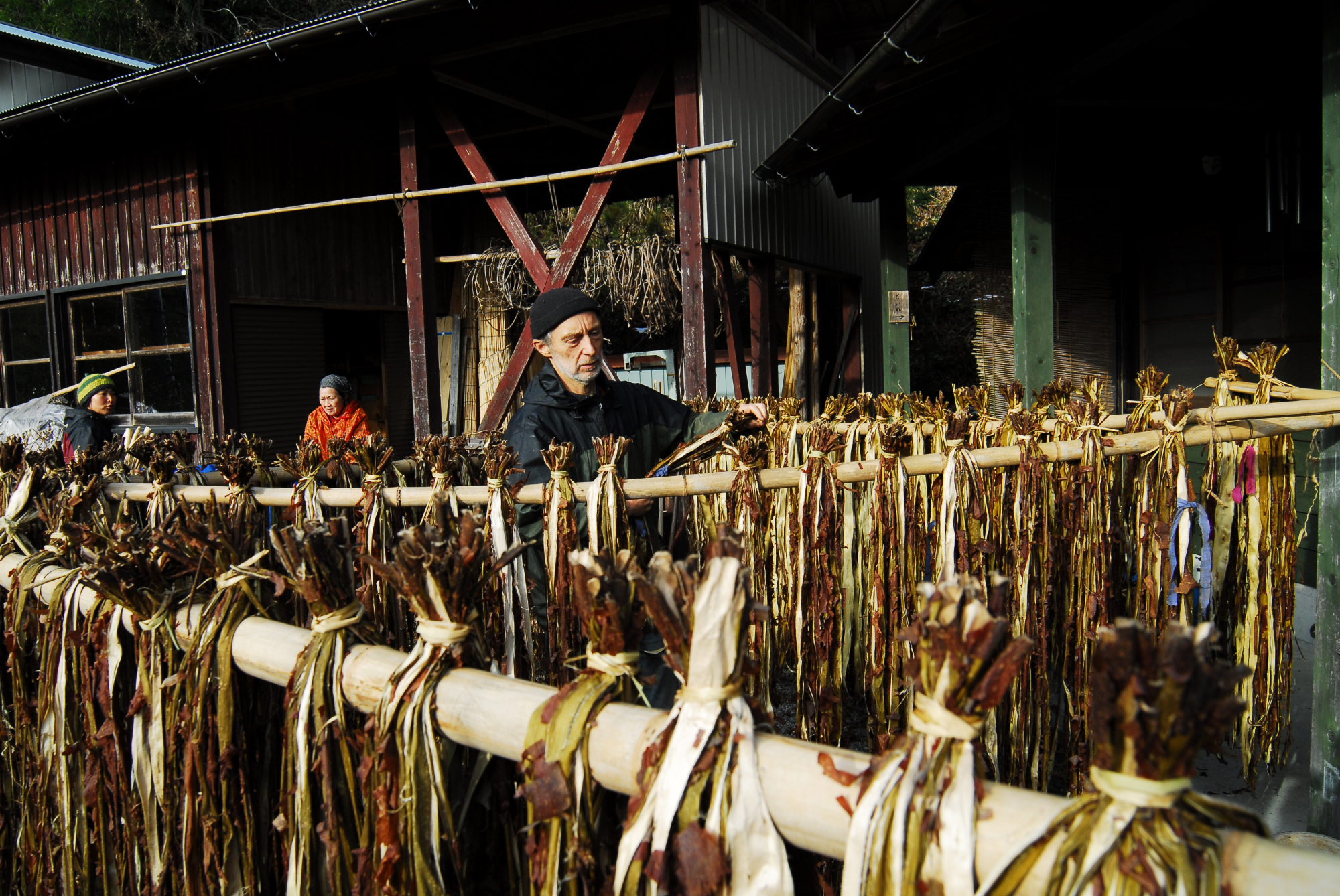Early January in Japan is a time for resting and staying cosy. With falling temperatures, people like nothing more than diving under a kotatsu (heated table), visiting an onsen (hot spring) or tucking into a warming nabe hot pot, particularly following the busy new year festivities.
For some 200 households, however, it's a time for tough, manual work in unforgivingly cold conditions. Across the country, washi makers are entering their peak production season. Most will aim to make as much as possible during this month and next, to deliver what they believe is washi of the best possible strength, durability and shine.
It's a practice that craftsmen say is proven by history; in ancient times, washi was solely a winter activity and the high-quality materials produced have survived for thousands of years.


















With your current subscription plan you can comment on stories. However, before writing your first comment, please create a display name in the Profile section of your subscriber account page.